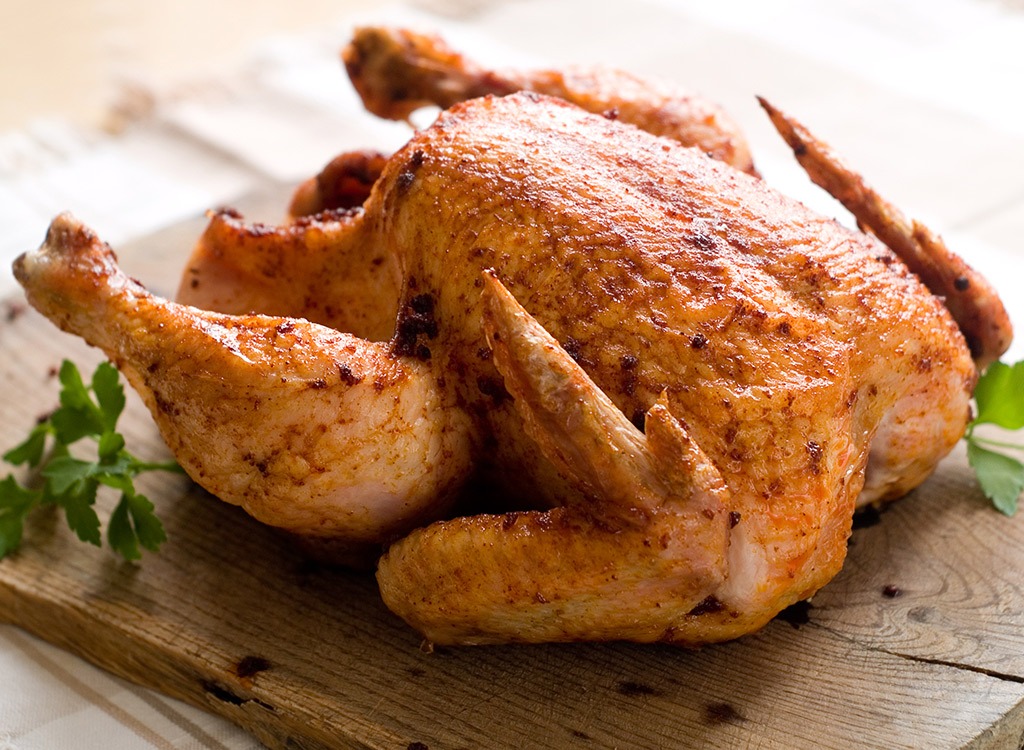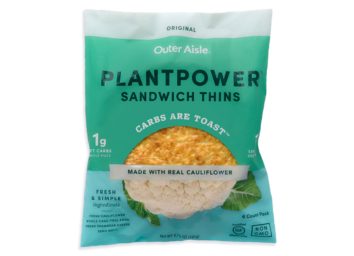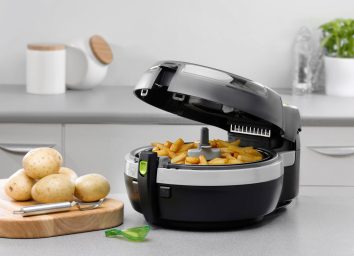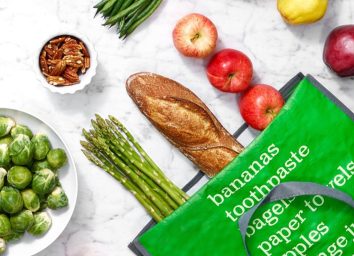5 Rules for Buying the Healthiest Chicken

I don’t know what’s worse: serving a potentially aggressive child a tantrum trigger food—or giving them a knife! So aside from looking past the chicken wings and drumsticks, what else do you need to know when buying the healthiest chicken for you and your family?
THE CHICKEN RULES
Know Your MSG
Monosodium Glutamate is the ingredient that gives Chinese food its reputation for causing Hunan Hangover. But few packaged goods nowadays, except for Cheetos or Chex Mix, include these words, because people are so sensitive to it. Instead, you’ll find sources of MSG in lots of packaged chicken products, hidden under natural sounding names: hydrolyzed vegetable protein, autolyzed yeast, hydrolyzed yeast, yeast extract, soy extracts, and protein isolate.
Go Organic
A recent study comparing conventional, antibiotic-free, and USDA Organic chicken found that inorganic arsenic concentrations were four times higher in conventional chicken meat than in USDA Organic chicken. Organic isn’t always worth it, but in the poultry section, it is.
Stop Eating Paste
“Mechanically separated chicken.” What could that possibly be? I can’t say it any better than the USDA: It’s “a paste-like and batter-like poultry product produced by forcing bones with attached edible tissue through a sieve or similar device under high pressure to separate bone from the edible tissue.” That’s not fowl, that’s foul.
Beware the Patty and the Nugget
Chicken patties and nuggets are often held together with soy protein, corn starch, “flavor,” and sugar, and varying amounts of MSG. If you must have a breaded product, go for chicken fingers.
Don’t Clean Your Chicken
Rinsing raw chicken before cooking it can spread harmful bacteria in a 2 to 3 foot radius around your sink. Just cook the chicken to the proper temperature (an internal temperature of 165 degrees) and you’ll kill anything you might have wanted to wash off.








